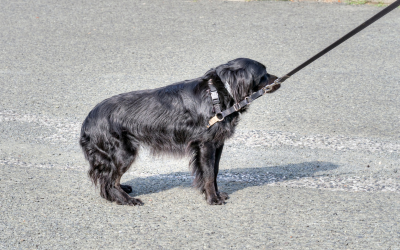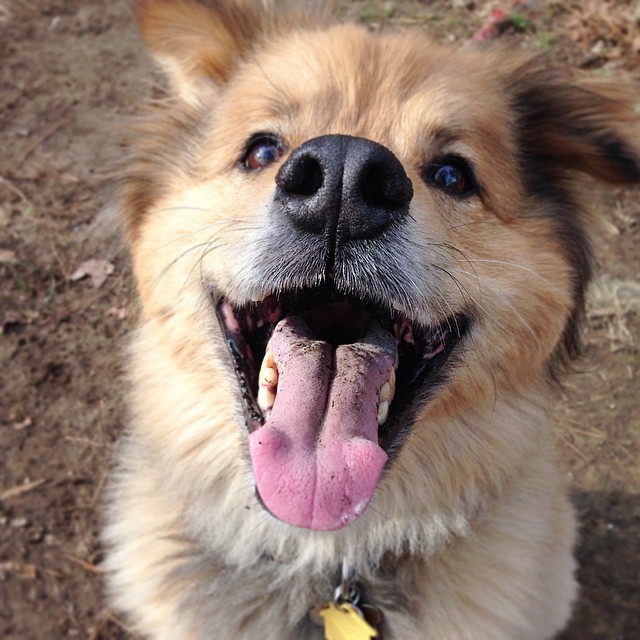Sudden Movement and Fear in Dogs
Have you ever jumped at a loud noise, only to realize it was something silly? For many dogs, especially those who are sensitive or fearful, sudden changes in the environment can be more than just startling; they can feel really scary.
This phenomenon has a name: Sudden Environmental Contrasts, or SECs. And if you live with a fearful, reactive, or under-socialized dog, understanding SECs is key to helping them feel safe in our very unpredictable human world.
What Are Sudden Environmental Contrasts?
A Sudden Environmental Contrast occurs when something in the environment changes quickly and dramatically. It might be:
-
A loud noise in an otherwise quiet space (a firework, a dropped object, a truck backfiring)
-
A surprising visual (a stroller suddenly rolling around a corner, a person with an umbrella)
-
A shift in lighting that makes a familiar person or space look different (think a person backlit in a hallway, or walking from sunlight into shadow)
- A dog, a bike, or a runner that appears suddenly where your dog wasn’t expecting one
These changes may seem minor or unremarkable to us, but to a dog who’s wired to notice sudden changes in their environment, they can register as “potential danger.”
SECs and Fear Responses
Dogs don’t need to have a traumatic past to be sensitive to SECs. Sometimes, it’s about genetics. Sometimes, it’s about a lack of early exposure (as with puppies raised in a pandemic). And sometimes, it’s just part of their unique personality.
When a dog experiences an SEC, you might see:
-
Freezing
-
Barking or lunging
-
Attempts to flee or hide
-
Hypervigilance or scanning
-
Refusing food, even if they were hungry a moment ago
These are fear responses. The dog’s nervous system is saying, “I wasn’t expecting that, and I don’t feel safe.”
What Can We Do About SECs?
You can’t bubble-wrap the world, but you can help your dog develop resilience—and a helpful cue can be part of that.
One of my favorite tools is a simple phrase: “Heads up.”
“Heads up” becomes a heads-up, literally. When you say it, your dog learns that:
-
Something is about to happen
-
You’ve noticed it first
-
It’s no big deal—and there might even be a treat involved
You can start using “Heads up” before things that your dog notices but tolerates, like a car door slamming, a kid going by on a scooter, or even a change in footing on a walk. If you’re working with a dog concerned by strangers, start with people they already know and love. Say your phrase and have them wildly gesture or begin to stand. Pair it with a treat or something pleasant. The goal is for “Heads up” to become a signal that this is safe, this is normal, and I’ve got you.
Over time, you’ll be able to use “Heads up” to help your dog through more intense SECs. It won’t make the surprise disappear—but it tells your dog that you are not surprised, and you’re still calm. That reassurance matters.
Bottom Line
If your dog is fearful, sensitive, or slow to adjust, SECs are distressing. Helping your dog handle them isn’t about “toughening them up” or “getting them used to it.” It’s about giving them the tools, support, and predictability they need.
If your dog startles easily or struggles with the unexpected, you’re not alone, and neither is your dog.
Reach out today to learn how we can help you build their confidence, one “Heads up” at a time. Together, we’ll create a training plan that makes the world feel safer, more predictable, and a little less overwhelming.


